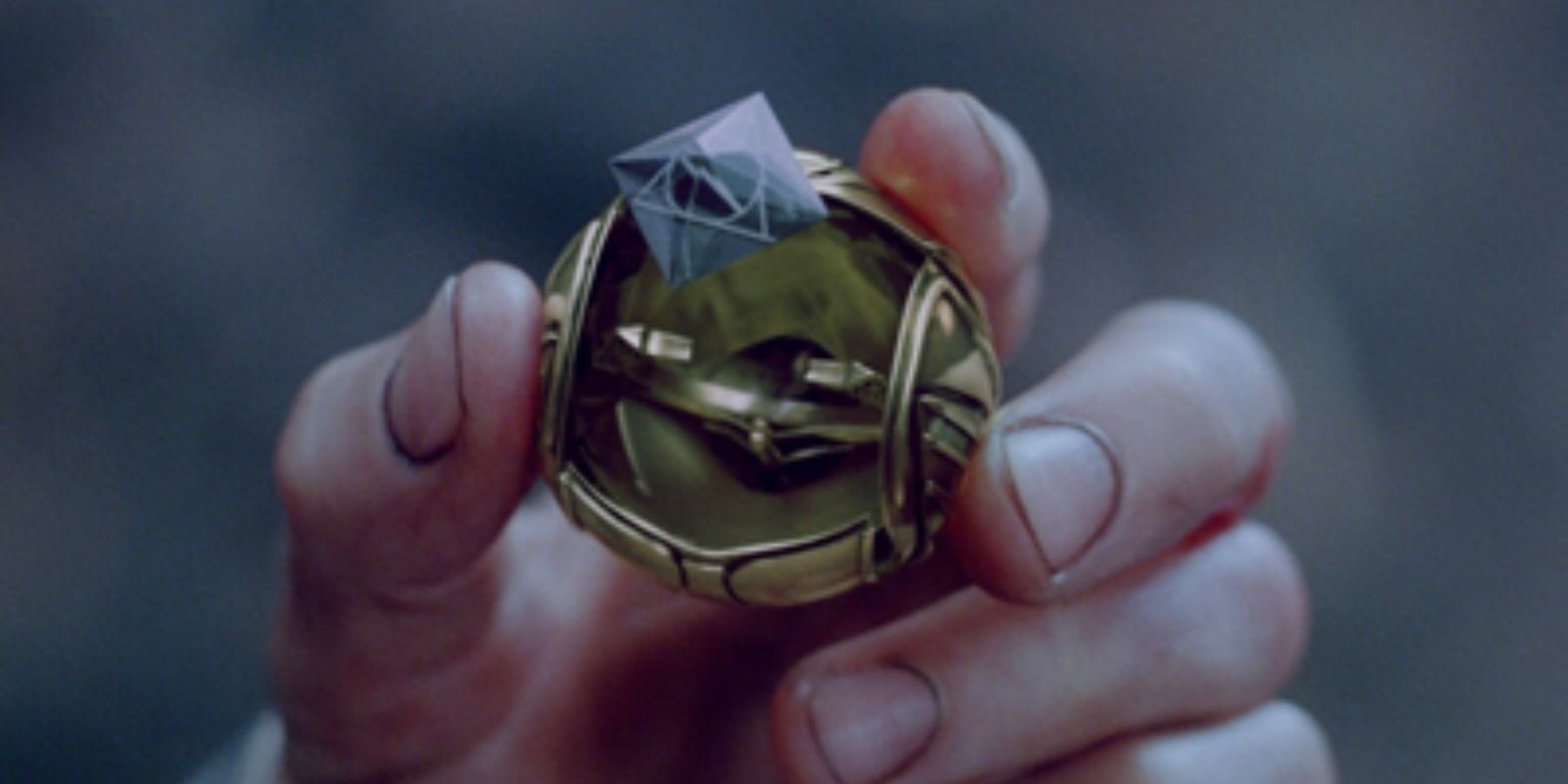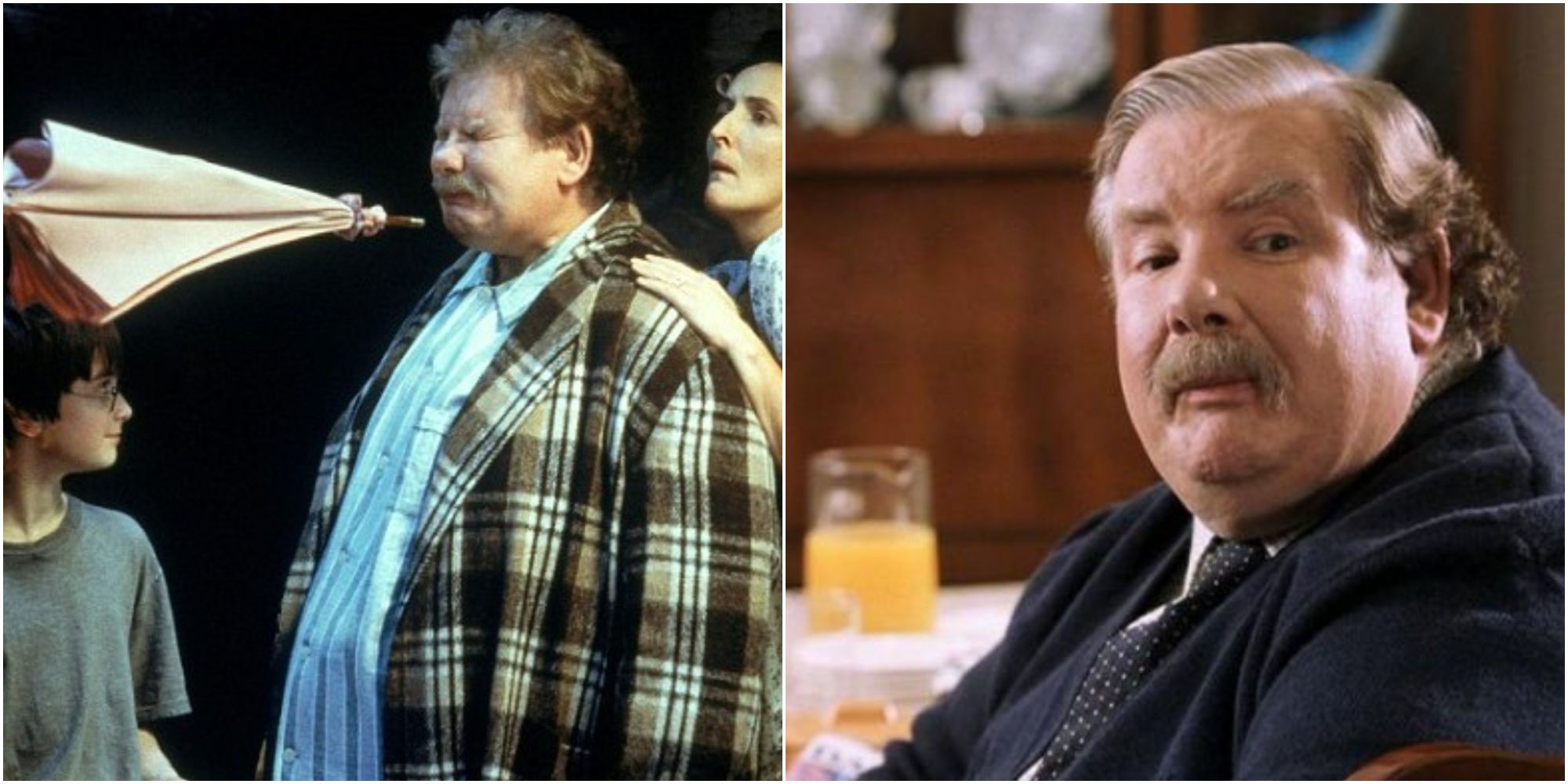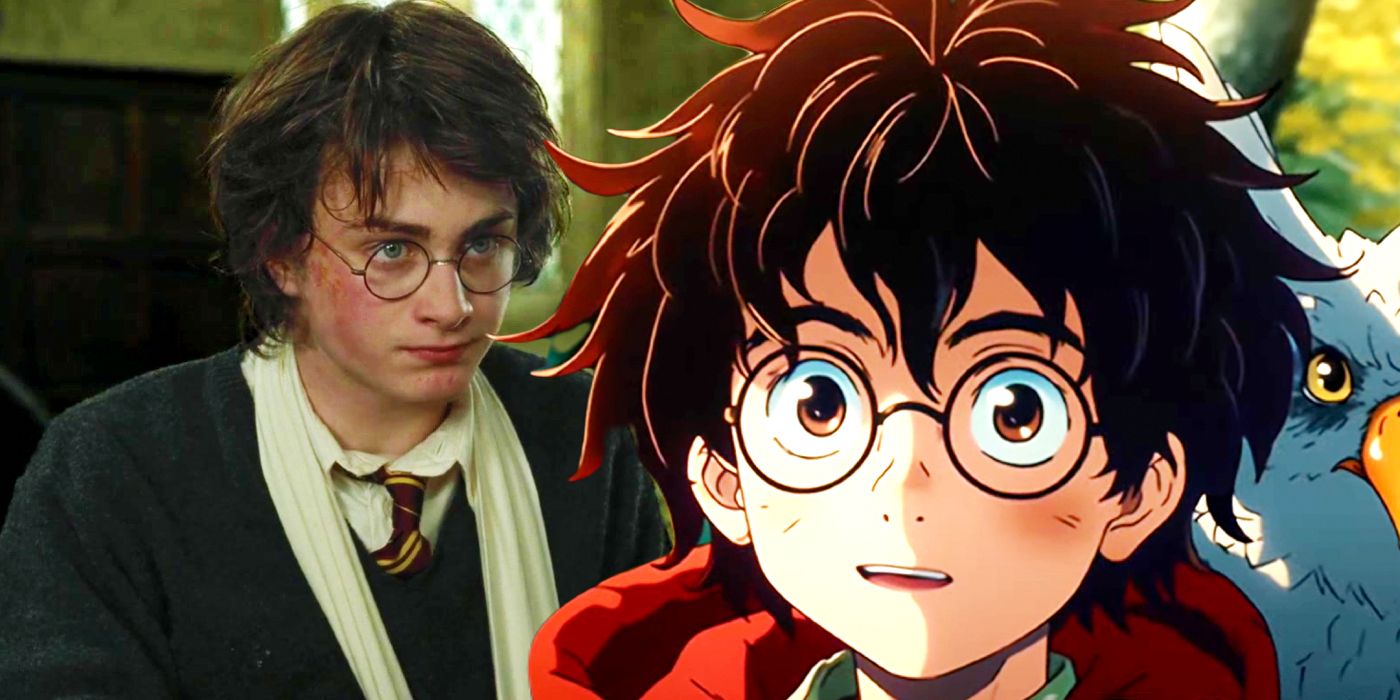
The Enigmatic Golden Snitch: Unraveling the Mysterious Secrets of Harry Potter

Unveiling the Enigma: Delve into the captivating history and extraordinary significance of the Golden Snitch, an enigmatic treasure that transcends its role in Quidditch
Scoring more points than the opposing team is the key to winning a Quidditch game. The team that catches the Golden Snitch usually secures victory, as this little golden ball holds immense significance in the wizarding world of Harry Potter. Beyond the Quidditch pitch, the Golden Snitch holds secrets that go beyond its role in the game.
When it was introduced as the third and final ball in Quidditch, alongside the Bludgers and the Quaffle, the Golden Snitch completely revolutionized the wizarding sport. Its inclusion brought a fresh wave of excitement, as Seekers competed fiercely to capture this elusive prize and contribute to their team's triumph. With its silver wings enabling it to move at astonishing speeds and evade the grasp of Seekers, the chase for the Snitch becomes an exhilarating spectacle that perfectly embodies the spirit of the sport. Quidditch enthusiasts, particularly fans of Harry Potter, have been enthralled by this magical game, and the Golden Snitch has rightfully cemented its place as one of the most cherished wizarding artifacts.
History of the Golden Snitch
Quidditch matches used to have an indefinite end, often lasting for days until one team gained a decisive advantage, like capturing the opposing team’s captain. However, the introduction of the Golden Snitch changed the game entirely. In 1269, Barberus Bragge, the Chief of the Wizards’ Council, released a magical bird called the Golden Snidget during a match. A reward of 150 Galleons was offered to the player who caught the bird. This led to the tradition of releasing Snidgets in matches, with the team that caught it being awarded 150 points as a tribute to Bragge. Unfortunately, this tradition was stopped as Snidgets became an endangered species due to their fragility and their susceptibility to being crushed by human hands.
To replace the Snidgets, Bowman Wright, a skilled craftsman, crafted a small golden ball, about the size of a walnut, with fluttering silver wings. This invention became known as the Golden Snitch. The Golden Snitch quickly gained popularity, becoming a regular part of Quidditch matches and boosting the sport's overall popularity to unprecedented levels.
The flying ability of the Golden Snitch is crucial to its design. Its delicate silver wings are not just decorative, but also play a significant role in the sport of Quidditch. These wings enable the Golden Snitch to mimic the Snidget's movements and soar at astonishing speeds. As a result, it becomes exceedingly difficult to even catch a glimpse of it, providing Seekers with a formidable challenge and ensuring an exhilarating pursuit in every match.
What Makes the Golden Snitch So Special?
Not only is the Golden Snitch unique for its impact on the wizarding world's most beloved sport and its rich history, but its value also stems from the meticulous craftsmanship involved in its creation. A fresh Snitch is required for each Quidditch match, and anyone who handles it - including the maker - must wear gloves to protect its integrity. This precaution is necessary because Golden Snitches possess Flesh Memories, which means they retain the imprint of the first person who touches them. This enchantment serves as a safeguard in case of a disputed capture.
Harry Potter, in his first year at Hogwarts, joined the Gryffindor Quidditch team as a Seeker. In a remarkable moment, he caught the Golden Snitch with his mouth during his very first match against Slytherin, igniting an electrifying reaction from the audience. This impressive accomplishment, however, goes beyond a mere introduction to the game of Quidditch. It marks the beginning of a storyline that would shape the destiny of the wizarding world. As fans later discover, the significance of this specific ball grows even larger in the years that follow.
In the epic conclusion of the Harry Potter saga, "The Deathly Hallows," Harry encounters the same Golden Snitch once again. This time, it is a gift left by Albus Dumbledore after his demise. The Snitch, enchanted by Dumbledore, reveals the message "I open at the close" when Harry touches it with his mouth. In the climactic Battle of Hogwarts, Harry realizes the profound importance of this Golden Snitch. As he accepts the inevitability of sacrificing himself to vanquish Lord Voldemort, he places the Snitch against his lips. To Harry's astonishment, it unlocks, exposing the Resurrection Stone within. This precious artifact is one of the Deathly Hallows, capable of resurrecting the deceased.
Amidst despair, Harry clings onto the stone, granting him a fleeting reunion with the spirits of his departed loved ones: his parents, Sirius Black, and Remus Lupin. They provide solace and fortitude, guiding him through the sacrificial act he must undertake to conquer Voldemort and safeguard the destiny of the wizarding realm. The Golden Snitch unveils itself to Harry precisely when he requires it most, symbolizing, as Dumbledore articulates, the fruits of steadfastness and expertise.















